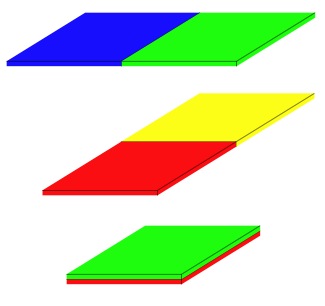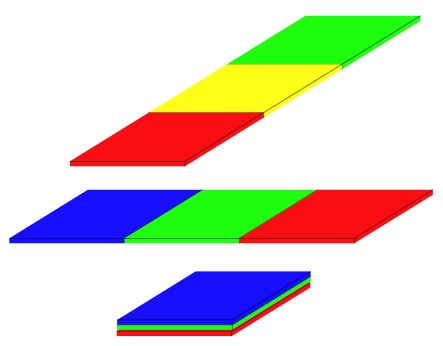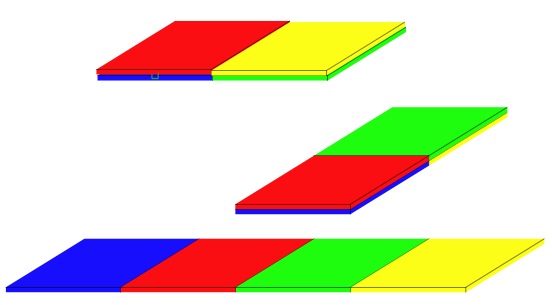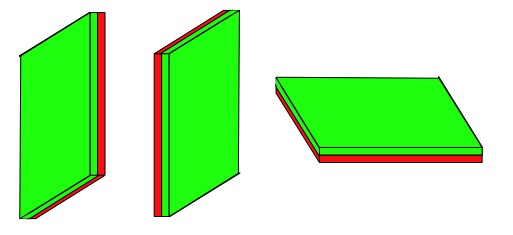Copyright © University of Cambridge. All rights reserved.
'Little Boxes' printed from https://nrich.maths.org/
Show menu
Why do this problem?
This enjoyable activity helps children develop their spatial awareness and their concepts surrounding cuboids.
Possible approach
This activity is probably best done in groups of two or three in the classroom, for the discussion forms a very vital part of the work. The resource that you use does not matter too much but it is best to avoid cuboids that have three measurements that are related in some multiple/factor way. So a 2 by 4 by 10 or even a 3 by 5 by 9 would not be so good really.
When the children get to the four cuboids which can be arranged in more than three ways as I have shown, then the interest grows. If the children are encouraged to tabulate their results in some way then there are lots of fascinating things that crop up which are not too difficult to get to the bottom of, usually.
Key questions
Do you know if you have found them all?
How do you know you have found them all?
What else could you find out?
Possible extension
For those pupils who have confidently completed the activity with maybe up to 7 or 8 boxes then the time could be right for looking at the patterns of numbers generated and to see whether they can come up with any predictions.
For more extension work
These pupils could be challenged to consider the activity in which the dimensions of the boxes relate. For example suppose they were $2$x$4$x$8$ cm?What difference does it make? What sequence of numbers does it now generate as you increase the number of boxes? Why?
Possible support
Some children might find it useful to have an adult to help organise the way they go about finding all the possibilities.



